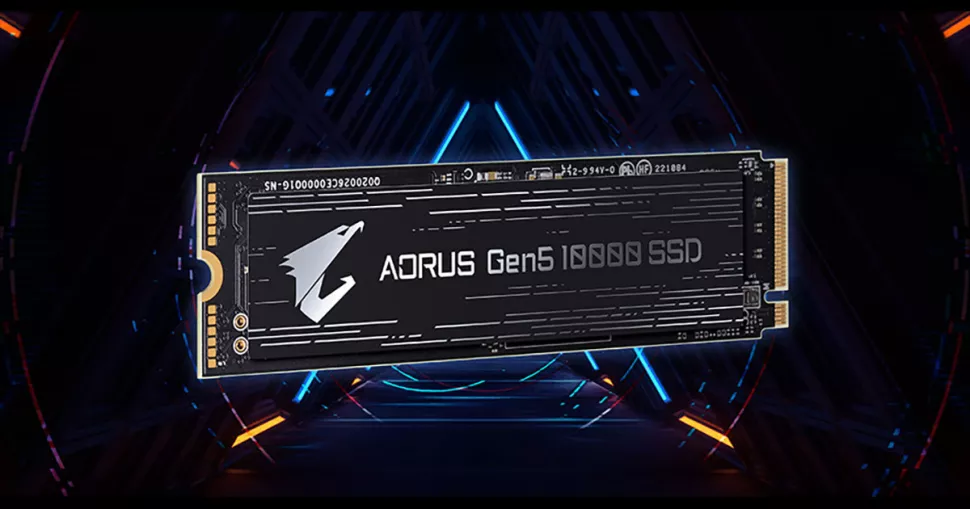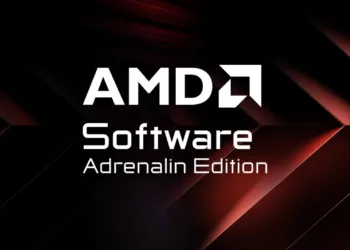Over the past few weeks, at least three SSD manufacturers—Corsair, Gigabyte, and Goodram—announced their SSDs based on Phison’s E26 controller with a PCIe 5.0 x4 interface. The greatest sequential read speed offered by Corsair and Goodram drives is 10 GBps, Gigabyte’s offering is said to reach 12.4 GBps. This is because no 3D NAND chip is currently fast enough to utilise the controller’s full potential.
Eight NAND channels are present in the Phison PS5026-E26 controller, which is usual for client SSDs. These channels can handle a variety of data transfer speeds, however 3D NAND memory with a 2400 MTps interface is required to reach PCIe 5.0 x4 (15.754 GBps in both directions) saturation. This memory was first announced by Micron in July, followed by SK Hynix in early August, and then YMTC unveiled their Xtacking 3.0 architecture, which enables a 2400 MTps speed.
All of Phison’s E26 demos used SSDs equipped with Micron’s most recent 3D NAND chips, and at this time, the drives’ sequential read rates reached about 12 GBps. According to ITHome, Galax is also testing its HOF Extreme 50 SSDs using Micron’s 232-layer 2400 MTps chips.
The 232-layer 3D NAND chips from Micron, which have a 2400 MTps interface, are more developed and in mass production than their competitors. However, there is an issue. Chips with 2400 MTps data transfer rates have low yields, yet they operate well at 1600 MTps. It will take the company some time to start mass production of chips that all operate at 2400 MTps, which is expected to happen sometime early next year.

SSDs based on Phison’s E26 controller will only reach 10,000 MBps in the meantime.
While Corsair and Goodram rated their drives at 10 GBps because they would have to use 3D NAND memory with a 1600 MTps interface, Gigabyte revealed their Aorus Gen5 10000 SSD with a 12.4 GB/s sequential read performance.
Only time will tell if Gigabyte can obtain sufficient 2400 MTps processors to ensure the correct availability of their drive. Since Corsair and Goodram’s performance goals are arguably more reasonable, anticipate that these SSDs will be among the best ones this fall and be widely available.
Also anticipate the debut of these businesses’ MP700 and IRDM Pro successors as soon as memory with a 2400 MTps interface becomes generally accessible. The HOF Extreme 50 drive is being tested with Micron’s 232-layer 2400 MTps chips, so you can make some educated predictions as to when Galax plans to release it.
Also Read:








